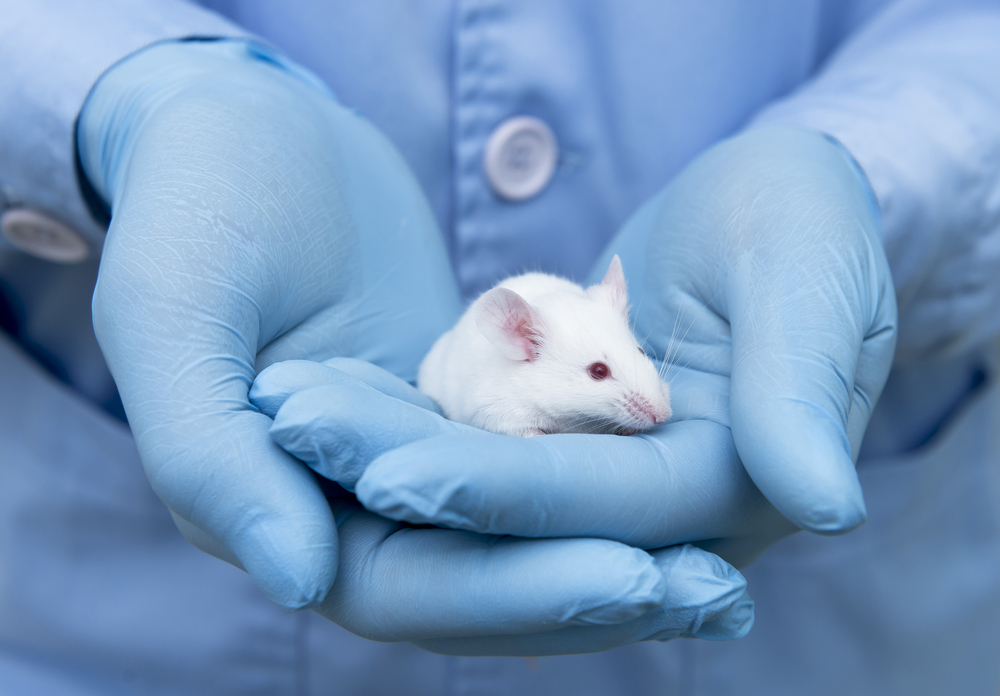Nrf2 Protein Controls Fibrosis and Autoimmunity in Scleroderma, Study Suggests

Additional evidence that the antioxidant protein Nrf2 is a key regulator of fibrosis and autoimmunity in systemic sclerosis (SSc) patients has been described in a new study, providing further proof that this molecule may be a viable therapeutic target for treatment of the disease.
The study, “The Nrf2-Antioxidant Response Element Signaling Pathway Controls Fibrosis and Autoimmunity in Scleroderma,” was recently published in the journal Frontiers in Immunology.
The oxidant/antioxidant balance is known to be a major factor in the development of SSc. Specifically, reactive oxygen species (ROS) can lead to an autoimmune response by producing neoantigens that engage the immune system. ROS can also activate cells to produce collagen, leading to increased fibrosis. Glutathione (GSH) is an antioxidant and can inhibit these responses.
Studies suggest that GSH production is influenced by the transcription factor Nrf2 (nuclear factor erythroid 2). As a transcription factor, Nrf2 can also induce the expression of several other antioxidant and cytoprotective genes.
Researchers previously found that the Nrf2 pathway is dysregulated in numerous diseases such as cancers, inflammatory disorders, and fibrotic diseases. In two autoimmune diseases — multiple sclerosis and psoriasis — a compound called dimethyl fumarate (DMF) can enhance Nrf2 activity.
In this study, researchers aimed to evaluate whether Nrf2 is involved in the development of SSc by examining both patients and mouse models of the disease.
Looking at skin biopsies from 11 SSc patients and 10 controls, researchers found that Nrf2 levels were significantly reduced in SSc patients compared with controls. Additionally, some of the Nrf2 target genes, also involved in antioxidant responses, were downregulated, showing that this pathway is altered during SSc development.
Similar findings were observed in a mouse model in which SSc was induced by daily injections of hypochloric acid. Skin cells from these mice had decreased expression of Nrf2 compared with mice that did not develop SSc, along with a decrease in some of its target genes, included GSH.
Researchers also used a mouse model in which the Nrf2 gene was completely lost. After induction of SSc, these mice developed a more severe form of the disease, with increased fibrosis and inflammation, than mice that still expressed the gene.
These results suggest that Nrf2 and its related target proteins play a protective role against the development of fibrosis in SSc mice.
Researchers also investigated the effects of DMF treatment in mice with SSc, and found that, after treatment, the animals showed less fibrosis and immune activation than untreated mice.
Similarly, in in vitro experiments using cells collected from SSc patients, DMF treatment reduced ROS production and restored GSH levels. This effect also held true in different cell lines and in cells collected from DMF-treated mice. These results suggest that DMF treatment can reactivate Nrf2.
Based on the results, the team concluded that Nrf2 plays a critical regulatory role in the balance between oxidative stress and antioxidants, and suggest that their data, along with other previously published findings, “strongly support the use of DMF to ameliorate the clinical symptoms of SSc, as the molecule has already been approved by the FDA in multiple sclerosis and psoriasis.”
DMF is already sold as Tecfidera (by Biogen) as an approved treatment for multiple sclerosis and as Skilarence (by Almirall) for psoriasis.






